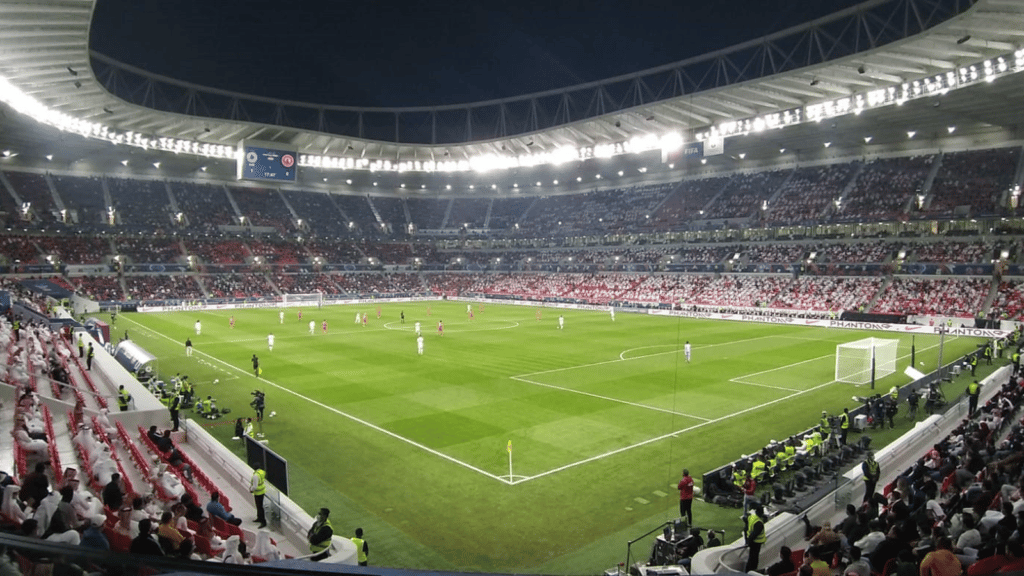Eamonn Dowdall, our Executive Director and Ed Tischler, our Managing Director in EMEA, caught up with SVG Europe to discuss Gravity Media’s responsibilities as the State of Qatar is preparing to host the FIFA World Cup next year from 21 November to 18 December 2022.
Gravity Media has played a key role in the lead up to the 2022 FIFA World Cup as we have been present in Qatar since 2005, working with the State of Qatar on its stadium plan for four to five years, from the time that Qatar was awarded the World Cup.
Since then, Gravity Media has worked on around 17 different stadiums of all sizes since its arrival in the country, catering for sports such as football, handball, tennis and basketball.
Qatar’s national stadium and the Khalifa International Stadium in Doha has been completely revamped, as well as building three brand new venues including the Al Bayt, the Al Rayyan and the Al-Thumama (the names of these new stadiums may change by the time they are opened to the public), which will be used for a multitude of sport and events, as well as the World Cup.
The Khalifa International Stadium, Al Bayt and the Al Rayyan stadiums are now complete. Al-Thumama is still being worked on. This means that Gravity’s work on the Qatari World Cup stadiums’ infrastructure is coming to an end, with its role in Al-Thumama expected to be completed around the end of June this year.
Qatar is a tough environment for everything to exist in, and stadiums and connectivity are no different. Edward Tischler comments: “We’ve implemented lots of fibre! The technology goes around that infrastructure. The sheer quantity and scale of it as well is important; the State of Qatar puts in so much technology. It’s far beyond anything that will ever get used. They really futureproof themselves in terms of scale.”
In terms of fibre, 291,523 metres have gone into the Al-Bayt stadium, 148,967 metres into Al-Rayyan and 170,000 metres into Al-Thumama, while Khalifa has been updated with 134,400 metres. Host broadcaster HBS and FIFA will overlay technologies on top of that foundation.
Local knowledge is important in being awarded large projects such as these stadium builds, says Eamonn Dowdall “Just because of the way Qatar trades, for most tenders you have to have a local presence. Qatar is obviously a very wealthy oil and gas state, and it’s determined that it wants to make the Middle East very much a point of presence for big international events.”
To add value to both local and international broadcasters, Gravity recently launched a small OB truck in Qatar, called Suhail, which it is making available to broadcasters for the World Cup.
The SVG article available to read in full here and to find out more about Gravity Media can help you with your next production, email enquiries@gravitymedia.com

